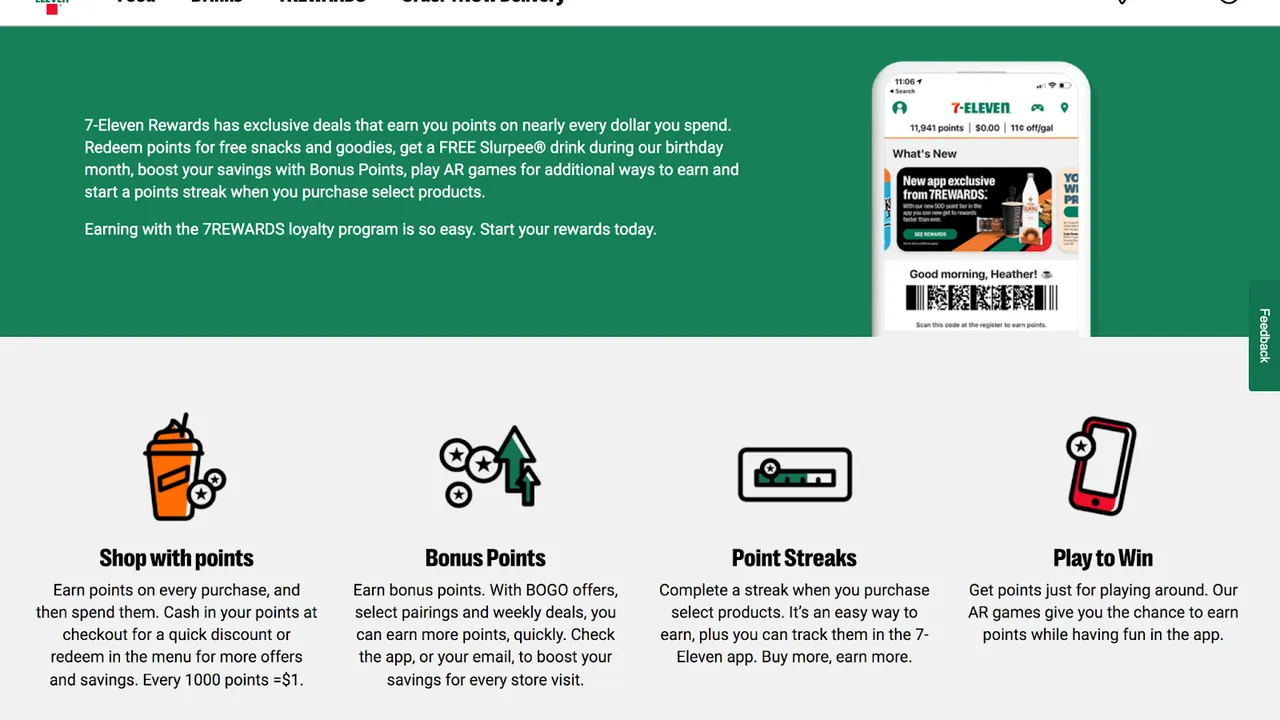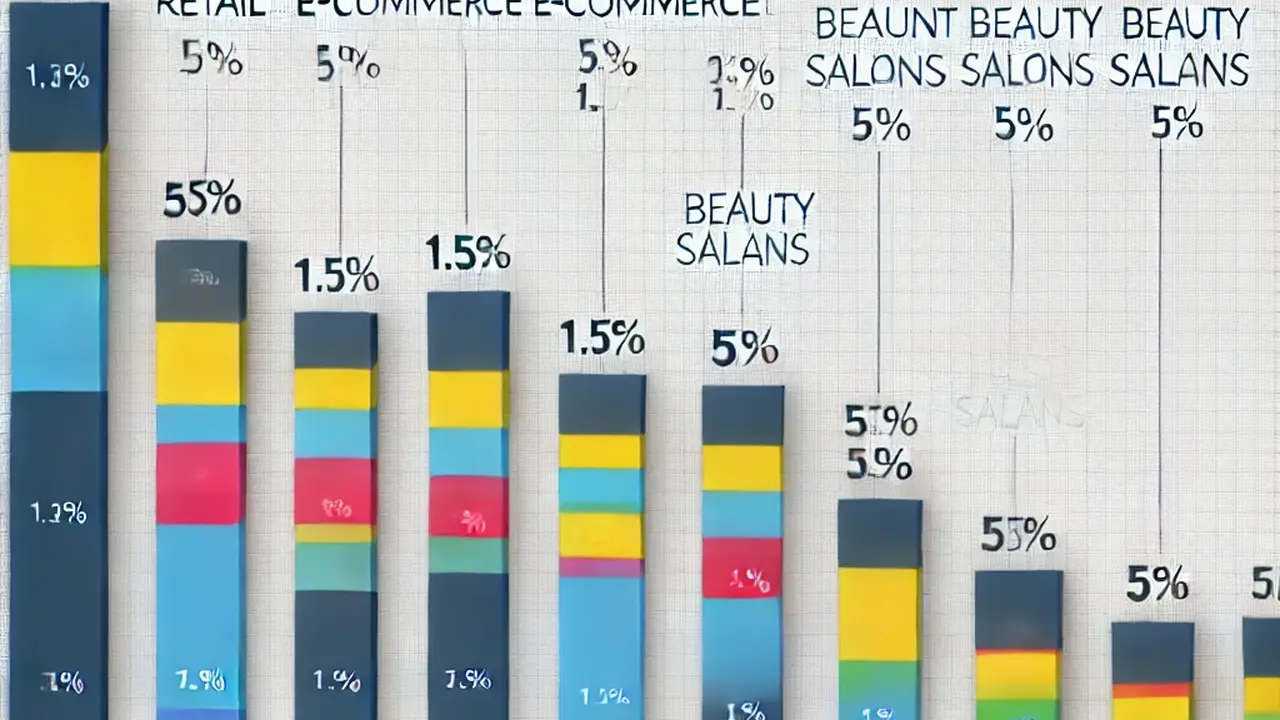Managing Inventory for E-commerce Success in SEA & Mexico
Sample meta description.

Understanding the E-commerce Landscape in Southeast Asia (SEA) and Mexico: Inventory Challenges and Opportunities
Alright, let's dive into the nitty-gritty of inventory management for e-commerce in Southeast Asia (SEA) and Mexico. These aren't your typical markets; they're bursting with potential but also present unique challenges that can make or break your business. Think diverse consumer preferences, fragmented logistics, and varying levels of technological adoption. Ignoring these nuances is like trying to fit a square peg in a round hole. You'll need a strategy that's tailored to the specific demands of each region.
In SEA, you're dealing with a collection of countries, each with its own distinct culture, language, and economic climate. What works in Singapore might flop in Indonesia. Then there's Mexico, a single country but with significant regional differences and a strong connection to the US market. Understanding these differences is the first step to effective inventory management.
The Importance of Inventory Forecasting for E-commerce Growth in SEA & Mexico
Forecasting is your crystal ball, helping you predict demand and avoid stockouts or overstocking. Accurate forecasting is crucial for optimizing your supply chain, reducing storage costs, and ensuring customer satisfaction. But let's be real, predicting the future isn't easy, especially in these dynamic markets. You need to consider seasonal trends, promotional activities, competitor actions, and even local holidays. Think about it: Chinese New Year in SEA or Dia de Muertos in Mexico – these events can significantly impact your sales.
Tools like Google Trends, social media listening, and historical sales data can be invaluable. Don't rely solely on gut feeling; data-driven decisions are the way to go. Also, consider using forecasting software that can analyze your data and provide more accurate predictions. The right software can save you a ton of headaches and money in the long run.
Optimizing Warehouse Location and Storage in SEA & Mexico for Efficient E-commerce Inventory Management
Where you store your inventory is just as important as how you manage it. Strategic warehouse location can significantly reduce shipping times and costs, improving your customer experience. In SEA, consider setting up warehouses in key hubs like Singapore, Malaysia, and Thailand. In Mexico, focus on locations near major cities and transportation routes, such as Mexico City, Guadalajara, and Monterrey.
Think about the type of products you're selling. Do they require climate-controlled storage? Are they bulky or fragile? These factors will influence your warehouse requirements. Also, consider using a 3PL (third-party logistics) provider. They can handle warehousing, fulfillment, and shipping, allowing you to focus on other aspects of your business. Choosing the right 3PL partner is critical; do your research and compare different providers before making a decision.
Inventory Management Techniques: ABC Analysis, FIFO, and JIT for E-commerce in SEA & Mexico
Let's talk about some essential inventory management techniques. ABC analysis categorizes your inventory based on value and importance. "A" items are your high-value, fast-moving products that require close monitoring. "B" items are moderately valuable, and "C" items are low-value, slow-moving products. This helps you prioritize your efforts and allocate resources effectively.
FIFO (First-In, First-Out) ensures that your oldest inventory is sold first, reducing the risk of spoilage or obsolescence. This is particularly important for perishable goods or products with a short shelf life. JIT (Just-In-Time) aims to minimize inventory levels by receiving goods only when they are needed for production or sale. This can reduce storage costs but requires a highly efficient supply chain. Implementing these techniques can streamline your operations and improve your bottom line.
Leveraging Technology for Inventory Control: WMS and E-commerce Platforms in SEA & Mexico
Technology is your best friend when it comes to inventory control. A Warehouse Management System (WMS) can automate many of your inventory processes, from receiving and putaway to picking and shipping. It provides real-time visibility into your inventory levels, allowing you to make informed decisions. Integrate your WMS with your e-commerce platform to ensure seamless data flow and accurate order fulfillment.
Popular e-commerce platforms like Shopify, WooCommerce, and Magento offer built-in inventory management features. Explore these features and choose the platform that best suits your needs. Also, consider using inventory management apps that can enhance your platform's capabilities. There are tons of apps available that can help you with everything from barcode scanning to demand forecasting.
Product Recommendations, Usage Scenarios, Comparisons, and Pricing for E-commerce Inventory Management in SEA & Mexico
Okay, let's get specific and talk about some product recommendations that can help you manage your inventory more effectively in SEA and Mexico. These aren't affiliate links, just tools I think you should seriously consider.
WMS Software: Unleashed Software
Usage Scenario: Imagine you're running a growing e-commerce business selling handcrafted leather goods in Mexico. You're struggling to keep track of your inventory, especially when dealing with different leather types, colors, and sizes. Unleashed Software can help you track inventory levels in real-time, manage purchase orders, and generate detailed reports. You can see exactly how much of each leather type you have on hand, preventing stockouts and ensuring you can fulfill orders promptly.
Comparison: Compared to other WMS options like Fishbowl Inventory, Unleashed is generally easier to use and offers better integration with e-commerce platforms like Shopify and WooCommerce. While Fishbowl is more customizable, it can be more complex to set up and maintain. Another option, Zoho Inventory, is a good budget-friendly choice, but may lack some of the advanced features of Unleashed.
Pricing: Unleashed Software's pricing starts around $299 per month, depending on the number of users and features you need. They offer a free trial, so you can test it out before committing.
Barcode Scanners: Zebra DS2208
Usage Scenario: Let's say you're operating a warehouse in Thailand, fulfilling orders for electronics accessories. Manually entering product codes is time-consuming and prone to errors. The Zebra DS2208 barcode scanner allows you to quickly and accurately scan product barcodes, streamlining your receiving, picking, and packing processes. This reduces errors, speeds up order fulfillment, and improves efficiency.
Comparison: Compared to cheaper barcode scanners, the Zebra DS2208 is more durable and reliable. It can scan barcodes from a variety of surfaces, including screens, and it's designed to withstand the wear and tear of a busy warehouse environment. The Honeywell Voyager 1450g is another good option, but the Zebra DS2208 is generally considered to be more user-friendly. A budget option is the Inateck Barcode Scanner, but it might not be as durable.
Pricing: The Zebra DS2208 typically costs around $150-$200.
Inventory Management App for Shopify: Stocky
Usage Scenario: You're running an online store selling clothing in Indonesia, and you're constantly struggling with stockouts and overstocking. Stocky, an inventory management app for Shopify, can help you forecast demand, manage purchase orders, and optimize your inventory levels. It integrates seamlessly with Shopify, providing you with real-time insights into your inventory performance.
Comparison: Compared to other Shopify inventory management apps, such as Inventory Source and Katana MRP, Stocky is specifically designed for e-commerce businesses and offers a user-friendly interface. Inventory Source focuses more on dropshipping, while Katana MRP is geared towards manufacturing. Stocky is a solid all-around choice for Shopify users.
Pricing: Stocky's pricing starts around $29 per month, depending on the number of products and features you need. They offer a free trial.
Label Printers: DYMO LabelWriter 4XL
Usage Scenario: You're shipping a large volume of orders from your warehouse in Vietnam. You need a reliable label printer to quickly and accurately print shipping labels. The DYMO LabelWriter 4XL is a high-speed label printer that can print a variety of label sizes, making it ideal for shipping and other labeling tasks.
Comparison: Compared to other label printers, such as the Brother QL-1110NWB and the Rollo Label Printer, the DYMO LabelWriter 4XL is known for its speed and ease of use. The Brother printer offers wireless connectivity, but the DYMO is generally more affordable. The Rollo printer is a good budget option, but it may not be as durable as the DYMO.
Pricing: The DYMO LabelWriter 4XL typically costs around $200-$250.
Navigating Customs and Regulations for E-commerce Inventory in SEA & Mexico
Dealing with customs and regulations can be a major headache, especially in SEA and Mexico. Each country has its own set of rules and procedures, and compliance is essential to avoid delays and penalties. Stay up-to-date on the latest regulations and work with a reputable customs broker to ensure smooth clearance. Consider using software that can automate the generation of customs documents. Ignoring this aspect can lead to significant financial losses and damage your reputation.
Building a Resilient Supply Chain for E-commerce Success in SEA & Mexico
A resilient supply chain is one that can withstand disruptions and adapt to changing market conditions. This is particularly important in SEA and Mexico, where natural disasters, political instability, and economic fluctuations can impact your operations. Diversify your suppliers, establish backup plans, and invest in risk management strategies. Regularly assess your supply chain vulnerabilities and take steps to mitigate them. A robust supply chain is your lifeline in these dynamic markets. In conclusion, managing inventory effectively for e-commerce in SEA and Mexico requires a strategic approach that considers the unique challenges and opportunities of each region. By implementing the techniques, leveraging the technology, and navigating the complexities of customs and regulations, you can build a successful e-commerce business in these exciting markets.
:max_bytes(150000):strip_icc()/277019-baked-pork-chops-with-cream-of-mushroom-soup-DDMFS-beauty-4x3-BG-7505-5762b731cf30447d9cbbbbbf387beafa.jpg)






